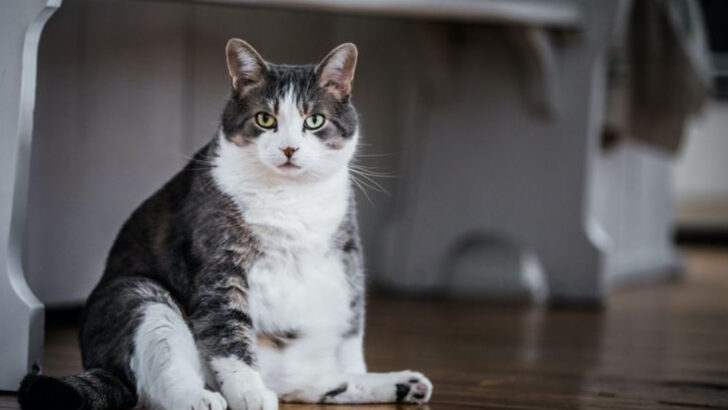Is your furry friend looking a little rounder than usual? A chubby pet might seem cute at first, but extra pounds can seriously affect their health and happiness. If you’ve noticed your pet slowing down or struggling with everyday activities, it’s time to take a closer look at their weight.
Pets who carry a little extra weight are more prone to health problems like joint pain, diabetes, and heart disease. It’s easy to overlook the warning signs, but acting early can make a huge difference. So, how can you tell if your pet is packing on the pounds?
In this guide, we’ll break down the 11 most common signs that your pet may be overweight, along with practical tips to help them shed those extra pounds. Your pet deserves to feel their best – let’s get started on the path to a healthier, happier life together!
Difficulty in Breathing
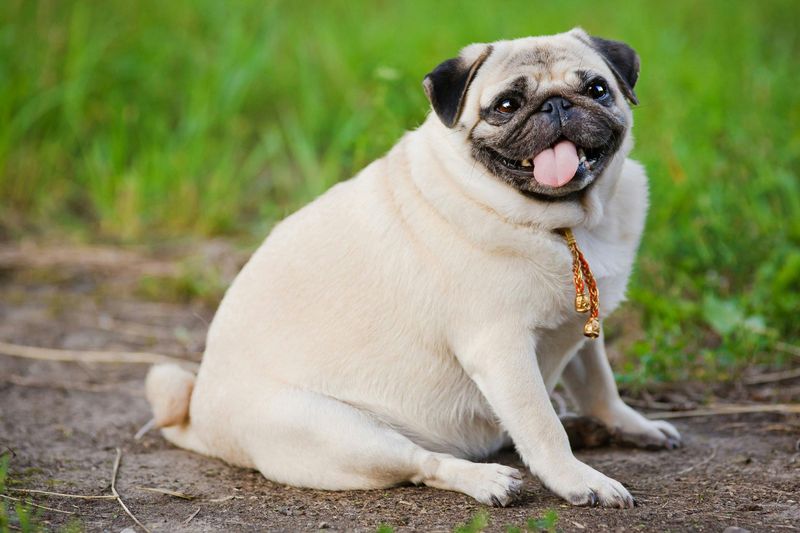
Pets may exhibit labored breathing due to excess weight pressuring their lungs. This difficulty can lead to reduced oxygen levels, impacting overall health. Observing your pet huffing and puffing after mild exercise or even at rest is a clear indicator.
Separate the activity into small, manageable segments to avoid stress. Ensure their living environment is cool and comfortable.
Monitoring their breathing during playtime can help determine if weight is an issue. Consider consulting a vet for personalized advice, as addressing this symptom early can prevent serious complications.
Lack of Physical Activity
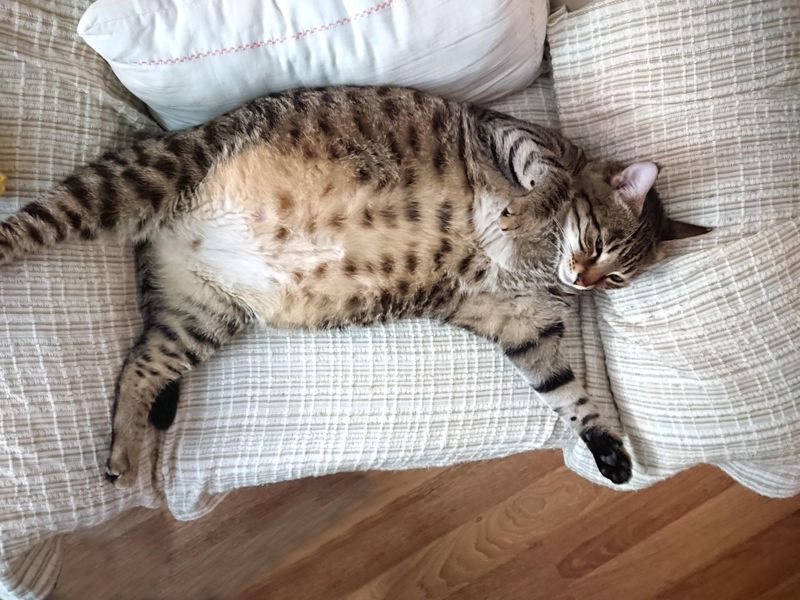
If your pet has become a couch potato, it might be due to the extra pounds they’re carrying. Pets often avoid engaging in physical activities they once loved, like playing fetch or running.
This change in behavior not only affects their physical health but also their mental well-being. Engage them with interactive toys or short walks to promote activity.
A gradual increase in exercise can be beneficial. Consulting with a veterinarian can provide guidance on a healthy exercise plan tailored to your pet’s needs.
Visible Fat Deposits
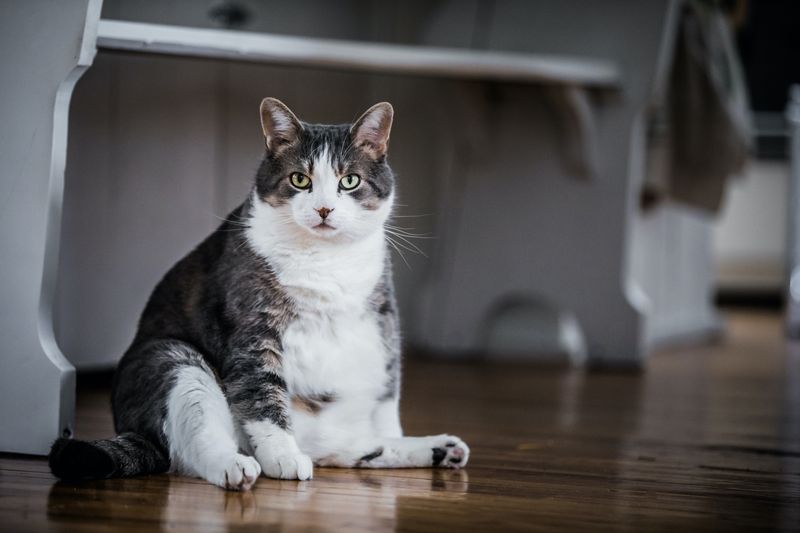
Visible fat deposits, especially around the tummy or chest, are telltale signs of obesity in pets. Running your hand over these areas may reveal more than just a fluffy coat.
It’s essential to examine these deposits regularly to monitor any changes. Adjusting your pet’s diet can help manage these visible signs.
A diet low in calories but high in nutrition is advisable. Regular check-ups with a vet ensure that changes in weight are tracked accurately, promoting a healthier lifestyle for your pet.
Difficulty Grooming
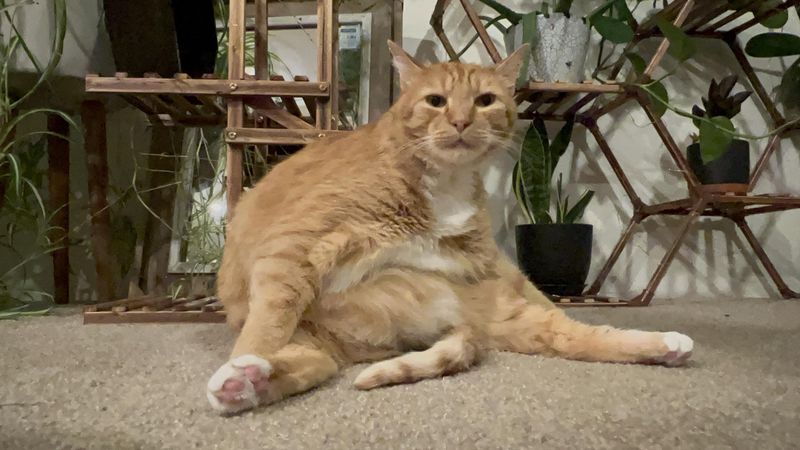
Overweight pets often struggle with grooming, as excess weight hampers their flexibility. Cats, in particular, may have matted fur or dirty areas they can’t reach.
Regular grooming sessions can reduce discomfort and maintain cleanliness. Assist your pet by brushing areas they can’t reach.
Incorporating weight management strategies will also gradually restore their ability to self-groom. Collaborate with your veterinarian to adapt a balanced diet and appropriate exercise regimen to enhance your pet’s quality of life.
Joint Issues
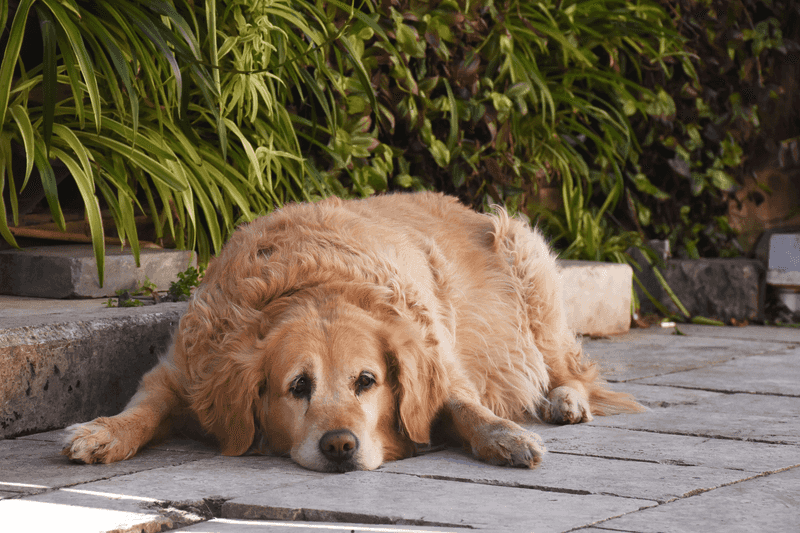
Carrying extra weight places undue strain on your pet’s joints, leading to arthritis or joint pain. You might observe limping or reluctance to climb stairs.
Providing joint supplements and a comfortable bed can alleviate some discomfort. Encouraging light, regular exercise aids in maintaining joint mobility.
Consulting with a veterinarian ensures the right approach to managing weight and addressing joint health issues. Early intervention can prevent further deterioration and improve your pet’s comfort.
Decreased Stamina

Pets with excess weight often show decreased stamina, tiring quickly during activities they once enjoyed. Short walks might leave them panting heavily and needing breaks.
To boost their endurance, gradually increase the duration of activities. Encourage playtime in a controlled environment to build their stamina.
Discussing with your vet can help tailor a suitable exercise plan. Monitoring progress regularly ensures your pet’s health improves steadily, making activities more enjoyable and less exhausting.
Overeating
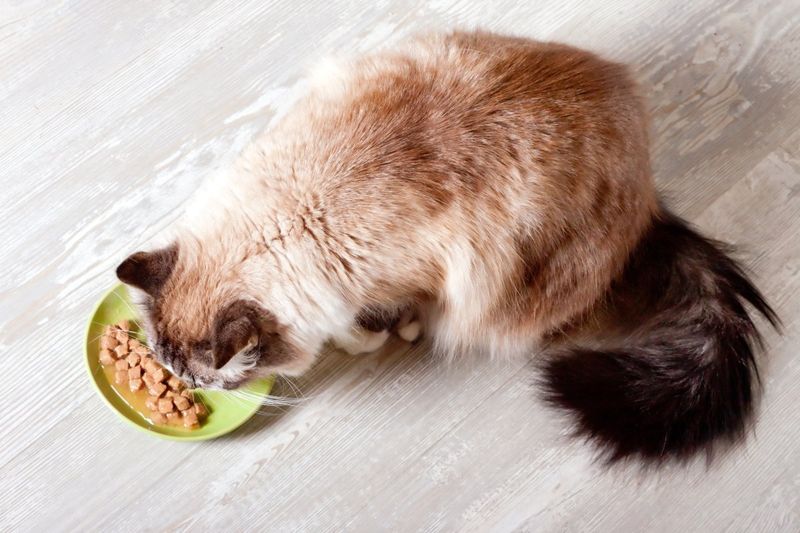
Overeating is a primary cause of weight gain in pets. Some may beg for food continuously or finish meals quickly, leading to digestive issues.
It’s crucial to establish a feeding schedule and stick to portion control to prevent overeating. Opt for high-quality food that meets nutritional needs without excess calories.
Regularly consulting with a veterinarian aids in adjusting diet plans and understanding your pet’s caloric requirements. This approach helps in maintaining a healthy weight and avoiding obesity-related problems.
Lethargy

Lethargy in pets is often linked to carrying extra weight. You may notice your pet sleeping more and moving less, which can impact their mental health.
Stimulating their environment with toys and interaction can encourage movement. Slowly introducing a new activity routine is beneficial.
Discussing changes with a vet ensures any underlying health concerns are addressed. By improving their activity levels, you’ll also boost their overall well-being and happiness.
Increased Thirst
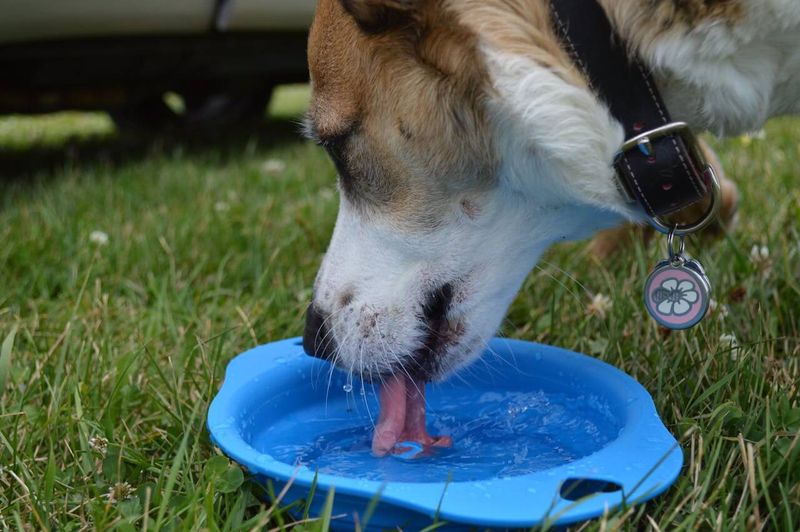
Overweight pets might experience increased thirst due to the body’s efforts to regulate temperature and metabolism. This sign, often overlooked, can indicate underlying health issues.
Monitoring water intake is crucial. Sudden changes should prompt a visit to the vet to rule out conditions like diabetes.
By managing your pet’s weight, you can help stabilize their water consumption. A balanced diet and regular exercise play vital roles in preventing obesity-related health problems.
Unexplained Weight Gain
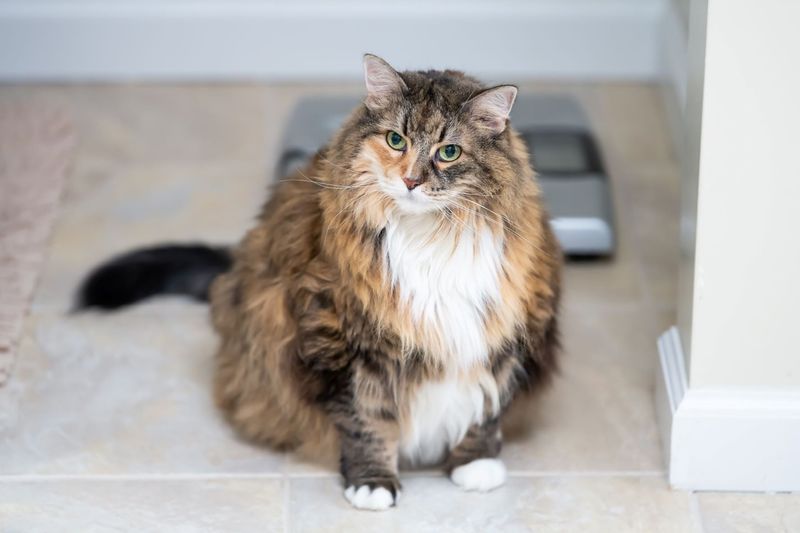
If your pet is gaining weight without changes in diet or activity, it could signal a health problem. Hormonal imbalances like hypothyroidism may be culprits.
Regular veterinary check-ups are essential for early detection of such issues. Weight management through diet and exercise is crucial.
Following your vet’s advice on tailored weight loss plans ensures your pet returns to a healthy weight, minimizing health risks associated with obesity.
Tailored Weight Loss Plans
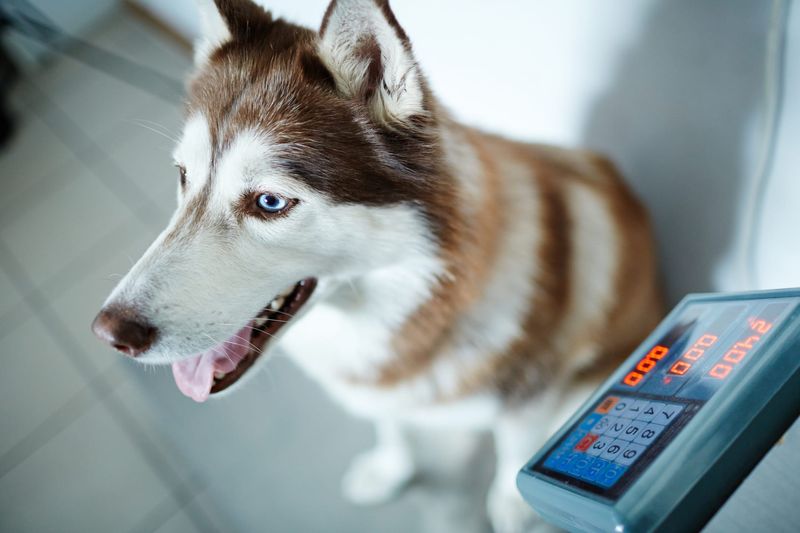
Addressing pet obesity involves a well-rounded weight loss plan. This includes dietary changes, exercise, and regular monitoring of progress.
Working with a veterinarian provides guidance to develop a comprehensive plan fitting your pet’s unique needs. Gradual changes ensure your pet adapts without stress.
Celebrate small achievements to motivate continuous improvement. Consistency is key to successful weight management, enhancing your pet’s health and quality of life.

